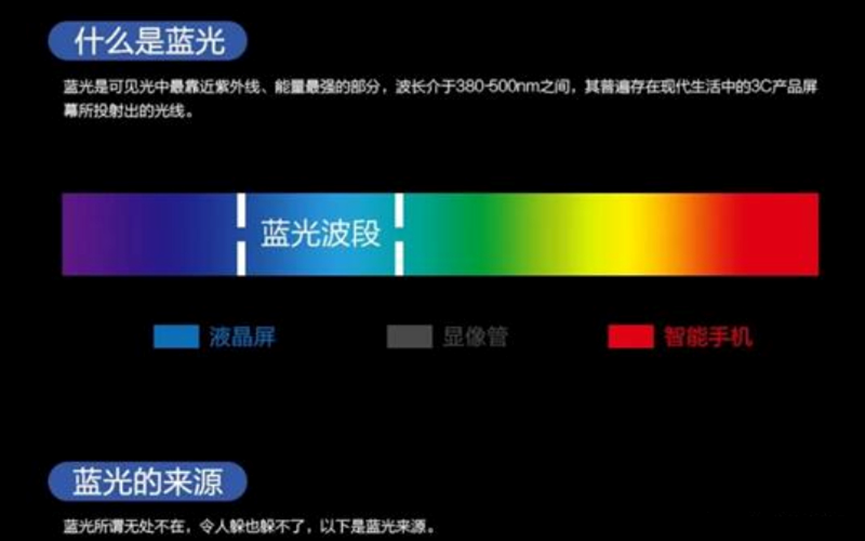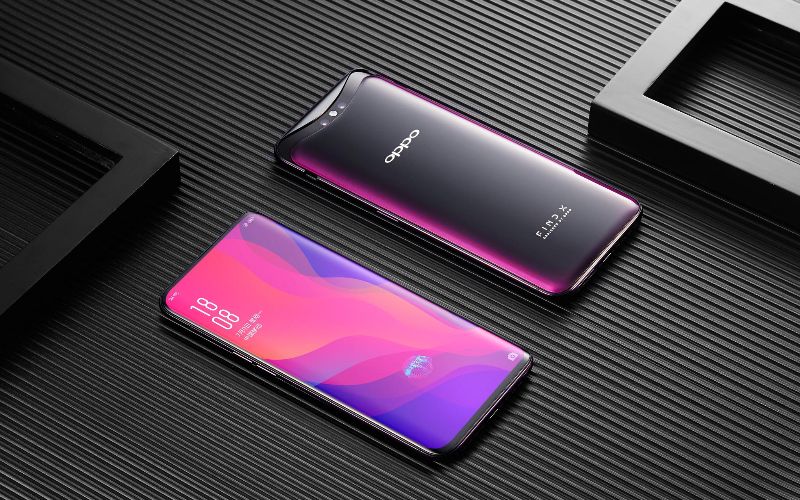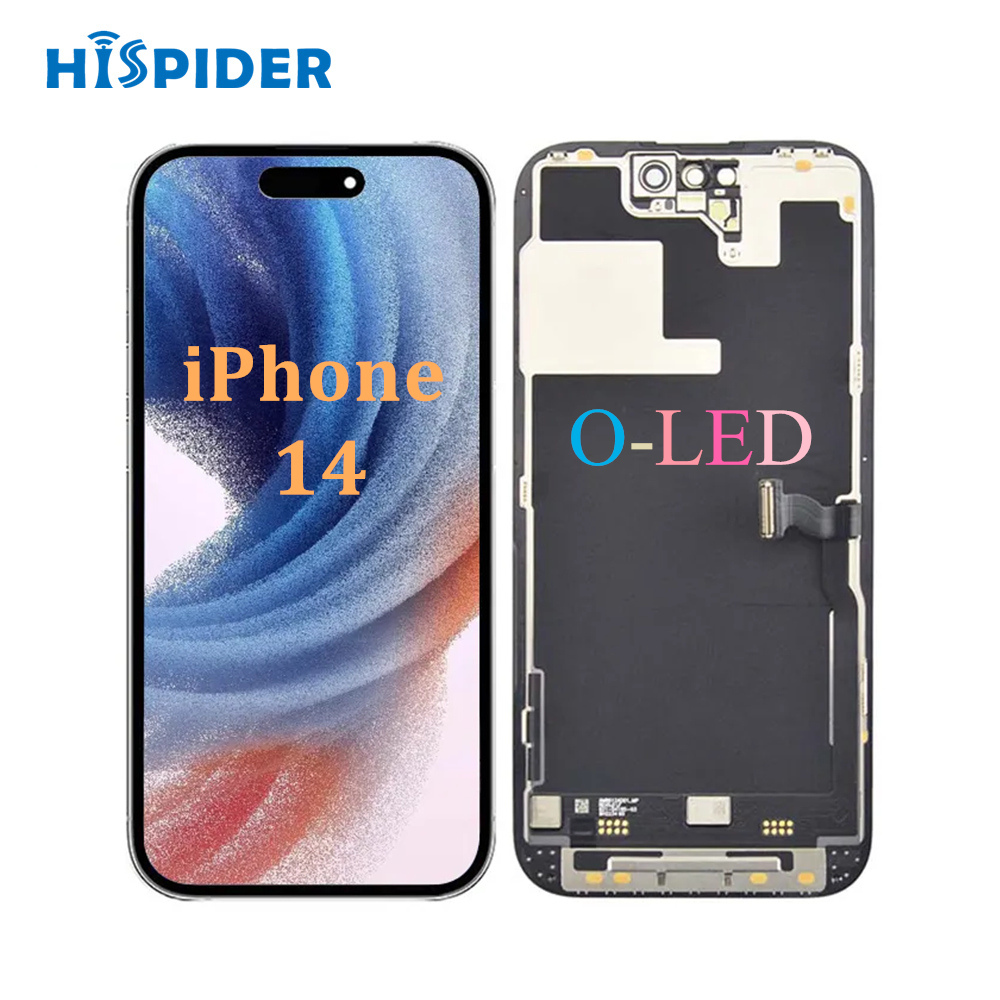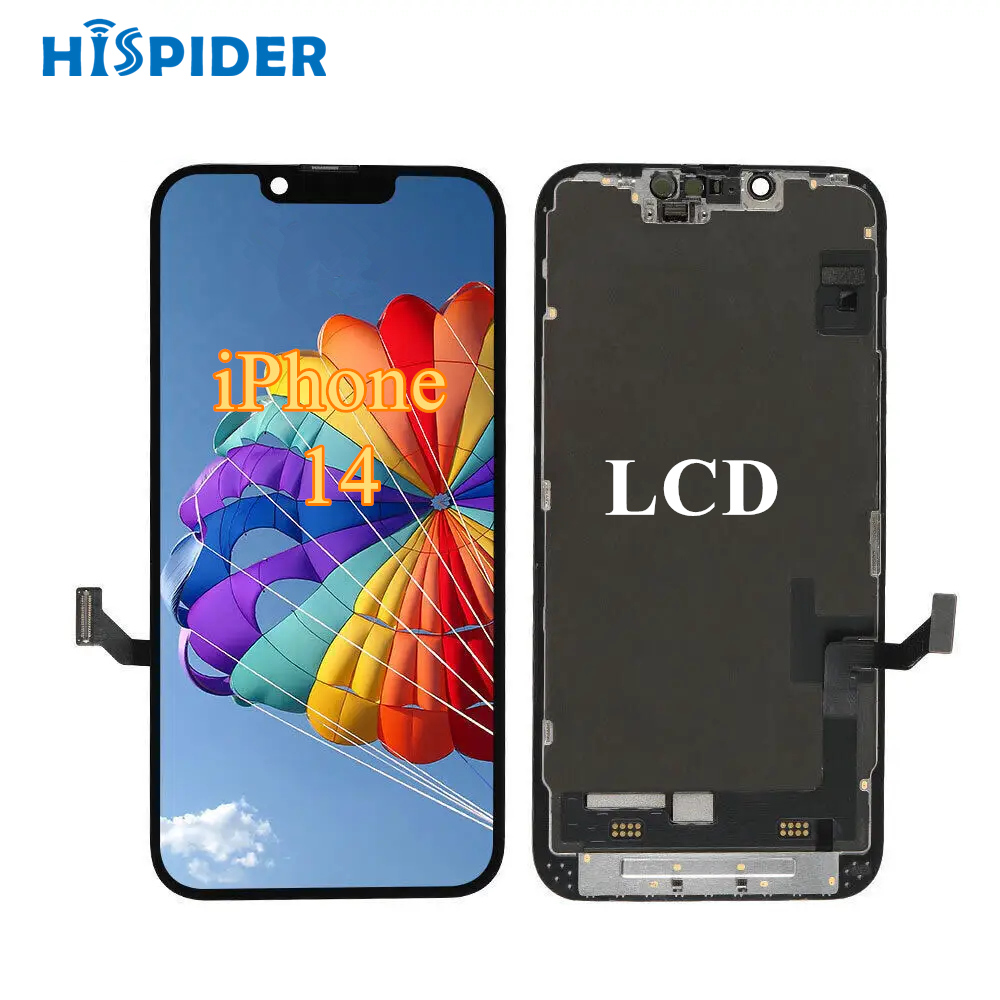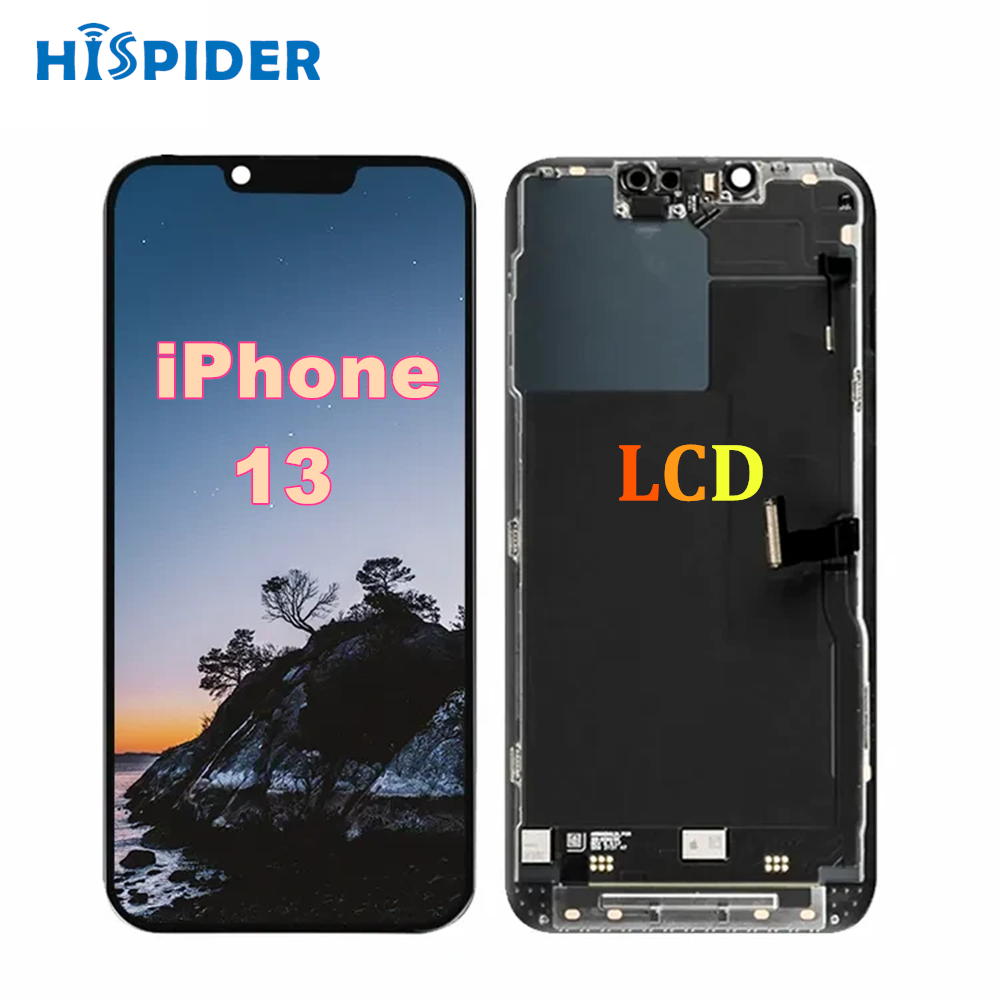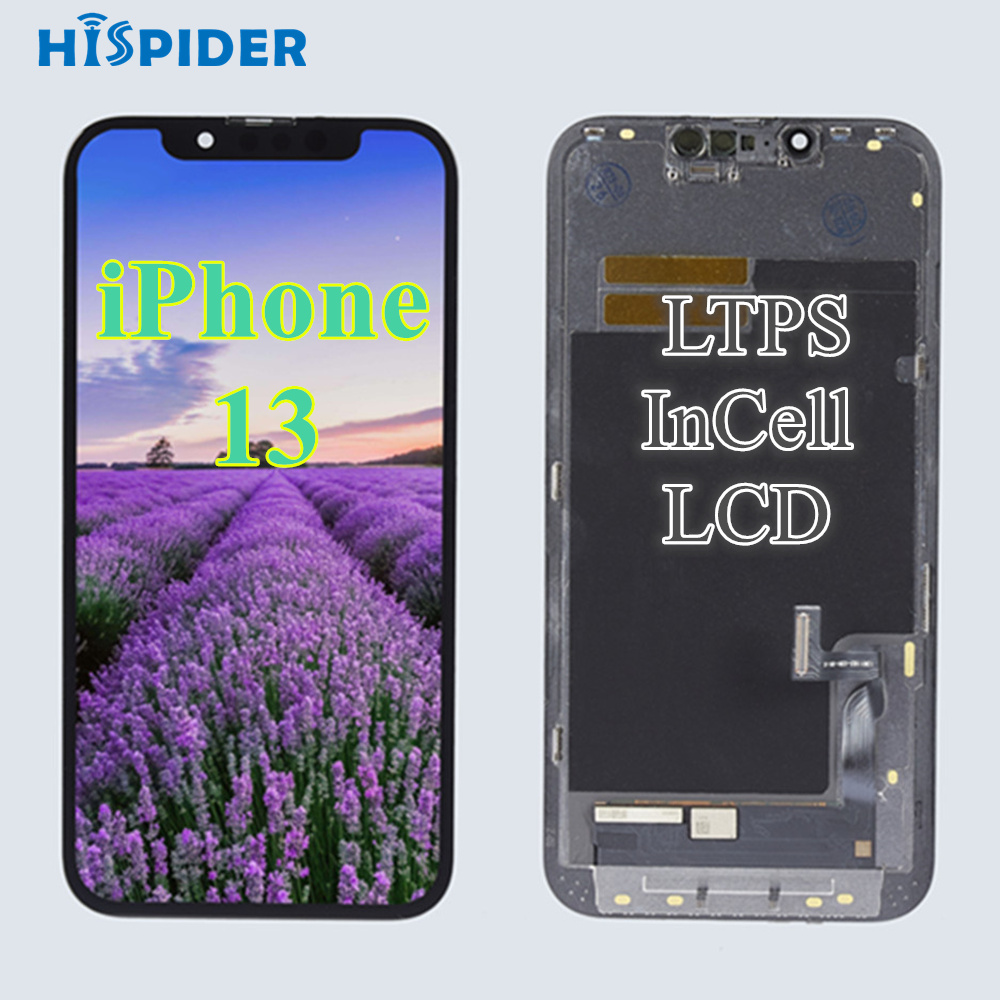Hispider tells you the categories of phone screens and how to judge the quality of phone screens
Mobile phone screen, from the material is divided into LCD and OLED two kinds; From the principles point of view, the LCD light shines by the backlight layer, and then through the film for color display; OLEDs use organic materials that emit light themselves.
Users who like LCD mainly like the DC dimming of LCD, which is lower stroboscopic at low brightness and more eye protection. Users who like OLED prefer OLED screens for better color displays, higher peak brightness and contrast, and OLED screens for phones with under-screen fingerprints. The LCD screen is the side fingerprint, and now there are OLED mobile phones with side fingerprints.
To judge the quality of the screen, mainly look at the resolution, refresh rate, touch sampling rate, peak brightness, contrast, etc., in addition to the color gamut and color accuracy are also becoming more and more concerned.
Resolution: The higher the better, in the past mainly 1080P, this year's top screen is 2K.
Refresh rate: the higher the better, the comprehensive high refresh rate era has been opened, 120Hz can bring better handiness, refresh the web page is smoother, the naked eye can identify, in terms of sliding the web page.
Touch sampling rate: mainly affect the game experience, affect the operation of the "hand", the general mobile phone screen touch sampling rate is higher than the refresh rate, touch sampling rate is also the higher the better. 300Hz and 400Hz are pretty good.
Peak brightness: the better the screen material, the higher the peak brightness; The higher the peak brightness of the screen, the higher the global brightness is generally, the higher the brightness of the screen is not easy to yellow, the white background is whiter, and the use in the sun is also clearer.
Equivalent PPI (pixel density): mainly affects the exquisite level of the screen, which is mainly the loss after OLED conversion PPI, so it is necessary to calculate this, the equivalent PPI of the OLED screen is mainly related to the screen arrangement, the diamond arrangement loss is relatively small, and " RGB-Delta", the loss will be larger under the same resolution.
Color gamut: refers to the richness of the display color, the mobile phone generally likes to use DCI-P3 wide color gamut for the mobile phone has a wide range of color gamut, generally now the mobile phone color gamut is very good
Color accuracy: is the accuracy of the display color, commonly expressed by Delta E, the smaller the better, the general Delta E <2, the human eye can't see the color difference. Or in terms of JNCD (Just Noticeable Color Difference), again less than 2 is pretty good.
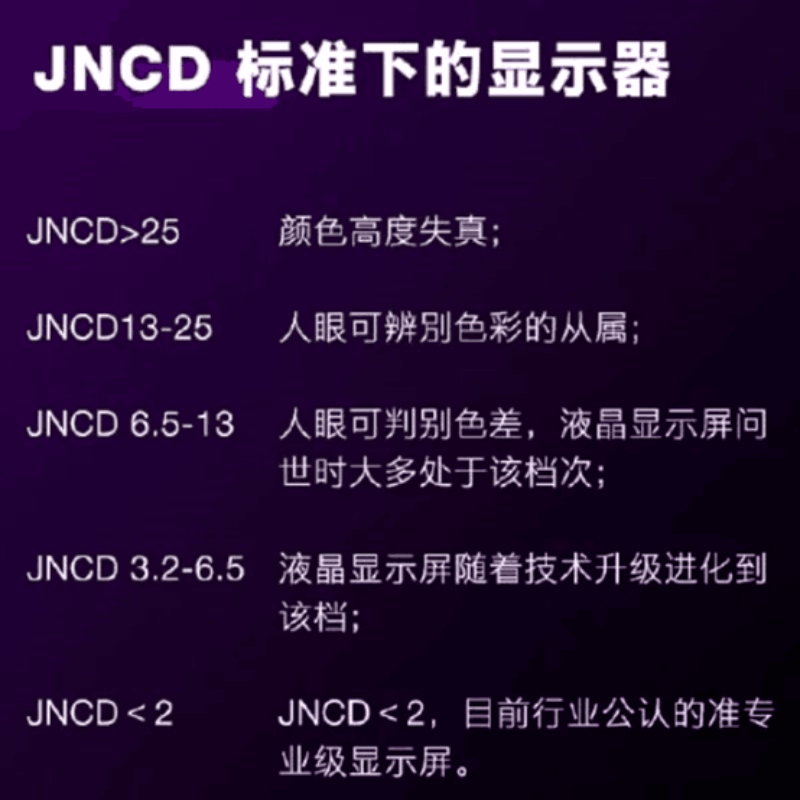
Eye care: the main consideration is to prevent blue light, blue light damage to the eyes is relatively large, anti-blue light seems to be currently not the focus of the domestic mobile phone manufacturers;
The second is dimming, which is to adjust the stroboscopic of the phone, stroboscopic is also harmful to the eyes, so many people will prioritize to see whether the phone is DC dimming, and some OLED screens have DC dimming. But it's also personal.
